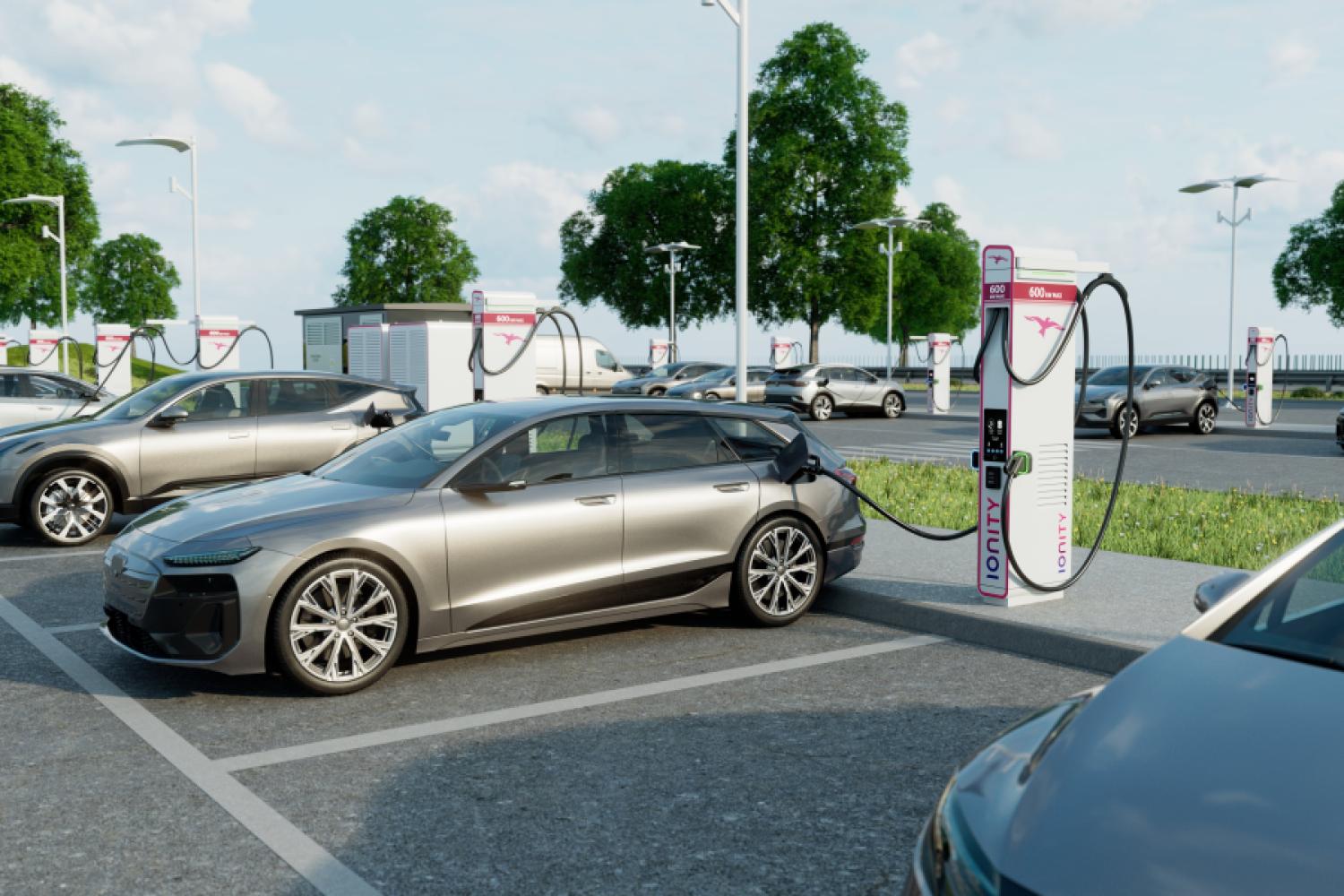US President Donald Trump has once again justified his interest in acquiring Greenland with national security. However, observers assume that, in addition to all the military considerations, there is primarily an economic reason behind his aspirations: Greenland's extensive reserves of critical resources. How important such resources are to Trump is shown not least by his courting of resources in Ukraine.
What are critical raw materials and what are they good for?
Critical raw materials (CRM) are materials with great economic importance and high supply risk. Among them are the much-discussed rare earth elements (REE), which are 17 metals, divided into nine heavy and eight light rare earth elements. They are found in various everyday items such as smartphones, laptops, and televisions. Depending on the design, these electronic devices require yttrium, praseodymium, terbium, and dysprosium, among other things.
Rare earth metals are fundamentally important for the green transition: they are used in electric cars and wind turbines. These products require strong permanent magnets, which in the case of electric cars can contain several kilograms of neodymium and praseodymium, depending on the engine size.
What makes them interesting for the EU and Trump's USA?
Germany has a powerful industry but few critical raw materials. German companies, therefore, rely on supplies from abroad, just like companies in other EU countries. This is particularly evident with rare earths: on one hand, the EU is a world leader in the production of car engines and wind turbines, but on the other hand, it almost exclusively covers its demand for rare earth magnets with imports from China, which in turn is the absolute world leader in this field.
This dependency makes the EU vulnerable to geopolitical tensions: it would have a significant problem if China were to reduce or even stop supplies for political or strategic reasons, such as in the context of a trade dispute. This would be disastrous, especially concerning EU climate policy and digitalization.
Trump, known for caring little about climate issues, is very concerned with big money and limiting any leadership role of China – and this brings resource-rich Greenland, which belongs to the Kingdom of Denmark, into play. "I think Trump is more interested in rare earths than in having military in Greenland," estimates former Greenlandic finance minister Maliina Abelsen, who is now chairwoman of the fishing corporation Royal Greenland.
What do Greenland's mineral resources mean for the EU?
The EU has long been watching these resources. Almost a year ago, Commission President Ursula von der Leyen opened an EU office in the capital Nuuk and signed two cooperation agreements worth a total of 94 million euros – part of which is to be invested in value chains for energy and critical raw materials.
At the end of 2023, an agreement was reached positioning Greenland as a strategic supplier of raw materials for the ecological transformation in Europe. This not only involves rare earths but also copper, graphite, and lithium: in total, the EU has identified 34 critical raw materials necessary for the green and digital transition – and 23 of them are found in Greenland, according to mineral researcher Jakob Kløve Keiding from the Geological Survey of Denmark and Greenland (GEUS).
For several of these, the potential in Greenland is considered extremely high. "Some of Greenland’s rare earth deposits are among the largest in the world," Keiding says. Many millions of tons of unused rare earth elements are stored in the Kringlerne and Kvanefjeld sites in southern Greenland alone. There are other large deposits of REE and other raw materials in the southwest and east of Greenland.
How could Greenland benefit?
The immense value of these mineral resources is obvious. Estimating the exact value is difficult, says Keiding. This much is certain: "They are worth nothing as long as they remain in the ground."
This brings Trump's USA and von der Leyen's EU back into the picture. This is because mere raw material extraction does not bring in big money, but rather the later steps in the value chain – and the expertise for this is mainly in China, says Keiding. Both in the USA and the EU, efforts are underway to catch up. "It has been realized that China practically holds a monopoly and controls the market."
Today, Greenland is largely dependent on fishing and a Danish financial subsidy amounting to over 500 million euros per year. Just the income from mining licenses and taxes could mean a new economic pillar for the island of 57,000 inhabitants. "98 percent of our exports currently come from fishing," says former minister Abelsen. The mineral sector, like tourism, could contribute to a more broadly diversified economy – which Greenland needs for a much-discussed potential independence from Denmark.
Are there downsides to the extraction?
Yes, in the form of risks to the sensitive Arctic environment, and also to the local people, for example through radioactive by-products. In Greenland, these downsides even decided the last parliamentary election in 2021: At that time, there was a public debate about an Australian mining project to extract rare earths and uranium in southern Greenland. The left-wing party IA won the election by positioning itself against the project. Six months later, the extraction of uranium was banned.
Another problem is the harsh Arctic conditions and high operating costs. “We are a remote location, which makes it so expensive to mine minerals in Greenland. Therefore, we are often the last option considered,” says Abelsen. “But as we run out of rare earths, it becomes obviously more attractive to look towards Greenland again.”






